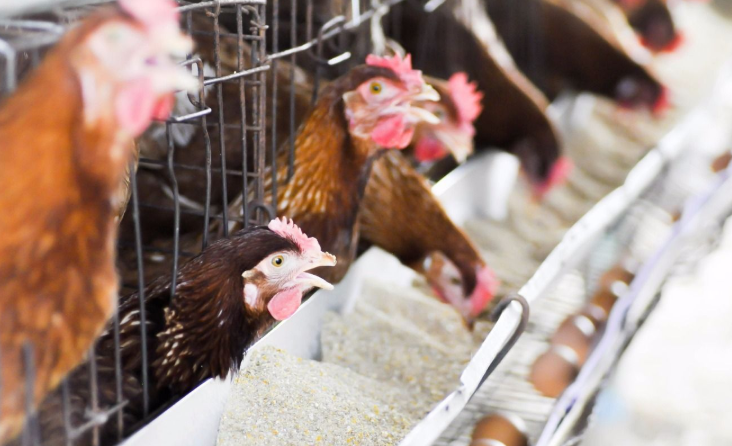How to Tell If Your Chicken’s Eggs are Good or Bad

There are lots of great reasons for raising chickens, but most important of all is because they’re great for producing lovely tasting, nutritious, farm fresh eggs – with comparatively little cost as they come straight from your back garden! But how do you know if you’re getting the right egg? Find out below….
1) Check the appearance of the shell
Once an egg has been laid, take care that the quality of the shell is good enough to keep the egg yolk fresh inside. Some eggshells can be thin and transparent, which is not good as these will not be able to keep the bacteria out. If you do keep this egg, use it quickly and do not store it, as it will go off very quickly.
2) Check for cracks on the shell
Look out for hairline cracks. Eggshells can get damaged very easily in the nest if a lot of chickens are in and out laying their eggs in the morning. As a hairline crack is so small, you may not be aware of it, but it will make your egg go off very quickly.
3) Be aware of the sound of the shell
When collecting your eggs in the morning, be aware of the sound they make when their shells touch together. Once you are used to the sound of the eggshells touching, you will be able to hear what a cracked shell sounds like. You may not see the crack, but the sound is very different if the shell is cracked. When an egg is cracked, the sound is dull and hollow, but when intact, the sound is more round and tuneful.
4) Look at the yolk
A fresh egg should have a lovely yellow or orange yolk with thick white surrounding it. If the white runs all over the pan, that is a sign your chicken may have a vitamin deficiency or you’ve just cracked an older egg!
5) Test your egg
Fill up a bowl of water and with a spoon, gently lay your egg into the bowl. If you have a fresh egg, it should sink to the bottom. However, if it is a bad egg, it will bob along the top of the water line. If the egg sinks to the bottom, but then slightly bobs upwards, that’s the sign of an older egg, but not a bad one. You can still eat it!
6) Light up the egg
Candling is a great way to check the freshness of your egg. This is a special electronic lamp (the same used when hatching eggs). If you hold the blunt edge of the egg up to the light, it will show up any blood or meat spots. It will also reveal how large the air sac is (every egg contains an air sac, but as the egg gets older, it loses some of its moisture content, leaving the air sac to get bigger).
7) Listen inside the egg
Shake the egg back and forth vigorously. If you can hear the egg moving around in liquid, be aware! The more liquid you can hear, the older the egg.
For more great tips, read The Right Way to Keep Chickens (£6.99, Right Way) by Virginia Shirt.


